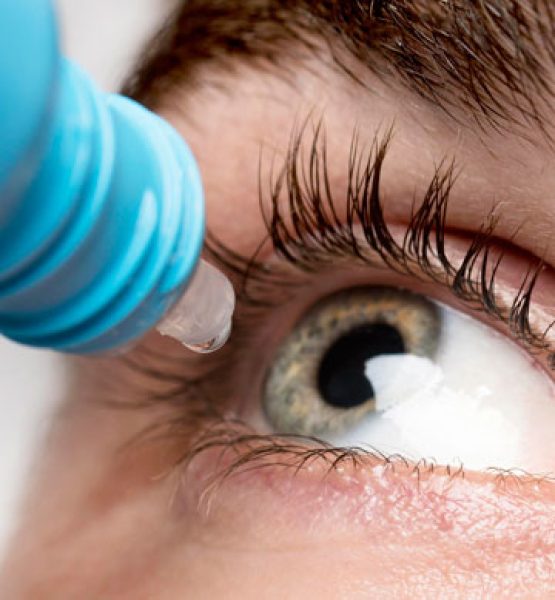Dry Eye Sub Heading
Dry eye syndrome, also known as dry eye disease or simply dry eye, is a common condition that occurs when the eyes don’t produce enough tears or when the tears evaporate too quickly. Tears are necessary for maintaining the health of the front surface of the eye and for providing clear vision. When there is an imbalance in the tear film, it can lead to discomfort, irritation, and other symptoms.
Symptoms of dry eye can include:
- Burning or stinging sensation in the eyes
- Itching or redness
- Sensitivity to light
- Blurred vision
- Feeling like there’s something in the eye
- Eye fatigue or discomfort, especially after reading, using digital screens, or being in dry or windy environments
Risk factors for dry eye syndrome include ageing, being female (due to hormonal changes), certain medical conditions such as autoimmune diseases, environmental factors like dry climate or exposure to smoke, and certain medications.
Treatment for dry eye can vary depending on the severity and underlying cause but may include the use of artificial tears, prescription eye drops to reduce inflammation, lifestyle changes such as using a humidifier or taking breaks from digital screens, and in some cases, procedures to block tear drainage or increase tear production. It’s essential for individuals experiencing symptoms of dry eye to consult with an eye care professional for proper diagnosis and treatment.
